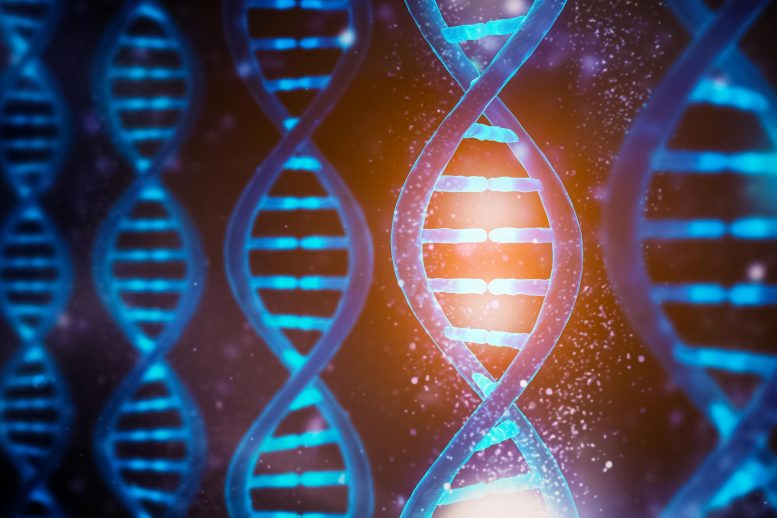
The mechanical code of DNA refers to the physical properties of DNA that are important for its function as genetic material. These properties include the structure of the double helix, the stability of the base pairing, and the elasticity and flexibility of the molecule. These properties allow DNA to store and transmit genetic information, and they are influenced by various factors such as temperature, humidity, and pH.
An international team of researchers, led by Durham University in the UK, has uncovered previously unknown ways in which nature encodes biological information in a DNA sequence by deciphering the mechanical code of DNA.
The team used a next-generation DNA sequencing technique called loop-seq, which they developed, to demonstrate that the specific sequence of bases along a section of DNA determines the local bendability of the molecule.
Via a large number of measurements, coupled with computational analysis and machine learning, they determined the mechanical code, i.e., the mapping between the local sequence and the local deformability of DNA.
Additionally, the researchers found that the mechanical code of DNA can be modified by ‘methylation’, which is a known chemical modification that DNA bases are routinely subject to at various stages in an organism’s development. Aberrant methylation has been linked to several cancers.
The discovery that methylation alters the mechanical code presents the possibility that biological development programs, or diseases such as cancer, could be achieving a part of their effects on cells by altering the information encoded via the mechanical code.
The research was carried out along with colleagues from Johns Hopkins University, USA, Barcelona Institute of Science and Technology, Spain, and the University of Barcelona, Spain. It has been published in the journal Nature Structural & Molecular Biology.
Lead author of the study, Dr. Aakash Basu of Durham University, said: “DNA is a book containing instructions that cells need to survive. But it’s a very special kind of book, where your ability to turn a page, repair a tear in the page, or fold a page, depends on the words written on the page. This is because in the book of DNA, those words somehow also control the mechanical properties of the paper.”
They point out that it is well known that, reading, copying, packaging, and repairing the genetic information stored in the sequence of bases (the As, Ts, Gs, and Cs) along DNA routinely involves processes that require local mechanical deformations of DNA.
The researchers provide evidence that in diverse organisms ranging from mammals to bacteria, nature and evolution have taken advantage of the mechanical code to locally control DNA deformability, and thus in turn, control critical biological processes that require mechanical distortions of DNA.
The researchers expect this knowledge to guide future therapeutic and bioengineering developments.
Reference: “Deciphering the mechanical code of the genome and epigenome” by Aakash Basu, Dmitriy G. Bobrovnikov, Basilio Cieza, Juan Pablo Arcon, Zan Qureshi, Modesto Orozco and Taekjip Ha, 5 December 2022, Nature Structural and Molecular Biology.
DOI: 10.1038/s41594-022-00877-6

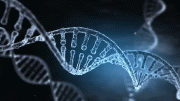
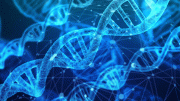

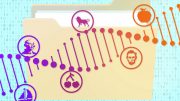
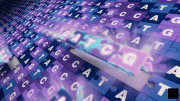

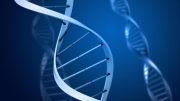
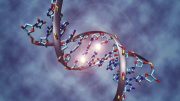
Be the first to comment on "Scientists Have Decrypted the “Mechanical Code” of DNA"